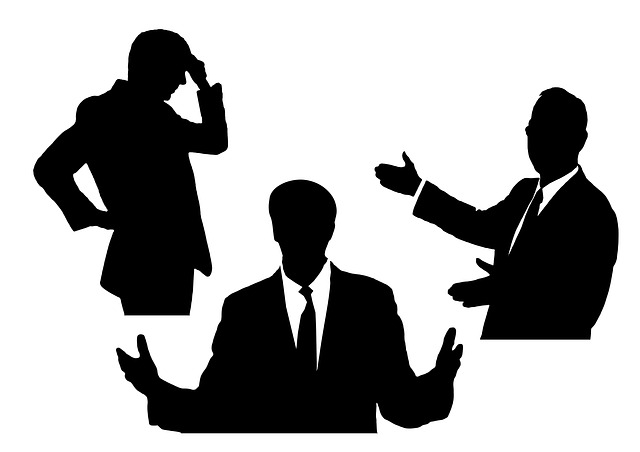Lesson 4.1: Note-Taking Part 1, Listening
Non-Verbal Communication

When we think about listening we think about, well, hearing sounds via the ears. However, when it comes to listening in order to pick up key points for note-taking, it takes more than just hearing. In this case, it takes a “critical ear,” that is, absorbing key points by noticing not only the words spoken, but also by noting tones, volume and even the body language that goes along. Additionally, being an active listener increases a note-taker’s chances of getting the information needed. Exercise 1 illustrates common non-verbal communication.
UNIT 4, EXERCISE 1.1
PART A
List as many non-verbal, emotional cues as you can by studying the faces in the pictures below.

PART B
The image below illustrates non-verbal body language. Describe a few poses or body movements one or more of your teachers now, or from the past, takes or has taken that communicates: pay closer attention. It might be from these examples, or something quite different. For example, an instructor might move close to the front row and fold his/her arms to indicate that what he or she will be saying is of a more serious nature. For another example, if he or she moves toward the white board to write something, it’s probably key information.

Active Listening
In previous units, we covered ways that students can actively engage in the learning process in order to get the most out of their education. There are ways to actively listen as well, in order to get the most out of lectures and, more importantly, take all of the notes that might be required. The video in the next exercise covers several active listening strategies along with why we sometimes have difficulty listening.
UNIT 4, EXERCISE 1.2
PART A
Watch the 7minute TED talk 5 ways to listen better and answer the following questions:
- What 3 types of listening does the speaker discuss?
- How and why have we been “losing our ability to listen,” as the speaker suggests? He cites 5 ways.
- What are the 5 tools we can use to listen better?
PART B
Taking into consideration all of the activities in the exercises above, write a one-page (250-300 words) reflection on how you can use the information on non-verbal and listening skills to enhance both your ability to pay attention to lectures and to take better notes on them.

